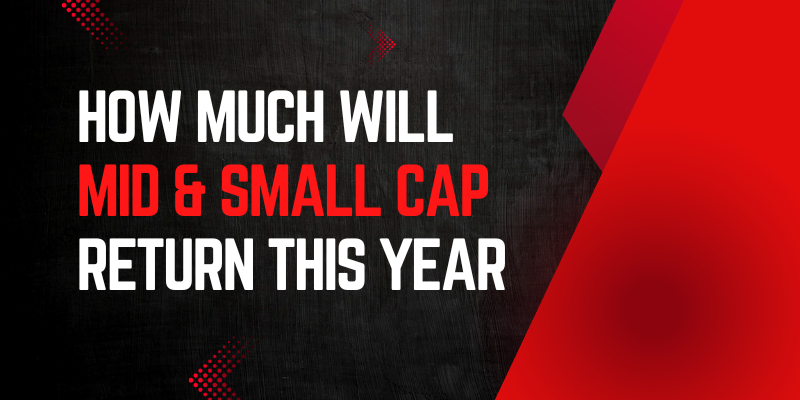Lets understand an important structural shift in India’s equity markets post-COVID. Let’s unpack the narrative and address key question.
What Changed Post-COVID?
Earnings Growth Exploded
Between FY10–FY20: Earnings were stagnant around ₹4 trillion annually.
Post-COVID: Jumped to ₹7 trillion in FY21, heading toward ₹15 trillion in FY25.
Much of this earnings delta came from mid and small-cap companies, which had previously lagged.
Operating Leverage at Play
Many mid & small caps had fixed costs. When demand recovered post-COVID, profits surged faster than revenues.
Government’s push on PLI schemes, infrastructure, and formalization also favoured nimble, smaller businesses.
Liquidity Boost & Retail Participation
Low interest rates globally and in India post-COVID.
Explosion of new retail investors via platforms like Zerodha, Groww.
This capital flowed more easily into small/midcaps due to lower float.
Return Comparison (5-Year CAGR)
Index 5-Year CAGR
Nifty 100 (Large) 13.6%
Nifty Midcap 100 23.3%
Nifty Smallcap 100 20.9%
This kind of outperformance historically happens when:
There’s an earnings re-rating
There’s a valuation expansion
There’s a macro tailwind (like GDP boost, reforms, or liquidity)
Can We Expect Similar Returns Again?
Probably not as easily. Here's why:
Base effect is real. The bounce-back from COVID was sharp.
Valuations in small/midcap are now relatively rich. Many trade above historical P/E averages.
Earnings growth may moderate unless India consistently grows >8% GDP—low probability
But yes, it's possible if:
You are selective — avoid junk rallies, stick with companies with real earnings, clean balance sheets.
You have mental discipline — to hold during drawdowns and avoid panic.
You buy at reasonable valuations — even good companies become bad investments if bought too expensive.
Final Thoughts
This post-COVID rally was fundamentally driven (earnings), not just liquidity. That's a strong foundation. But expecting similar double-digit alpha in mid & smallcaps going forward requires discernment.
Don’t chase momentum — study earnings growth.
“Time in the market beats timing the market — but only if you’re in quality.”
